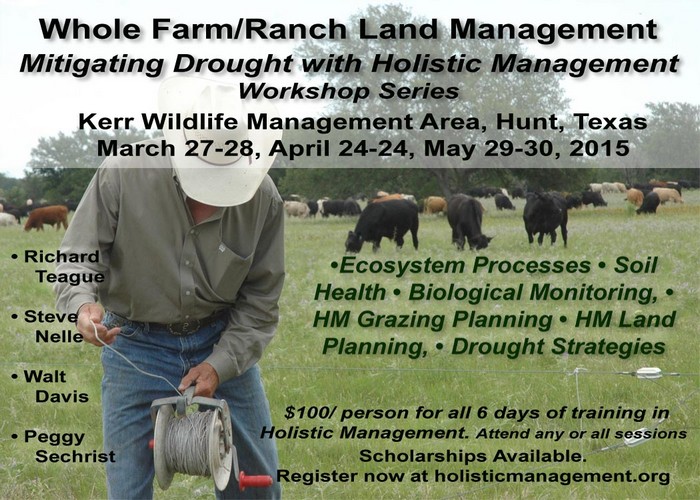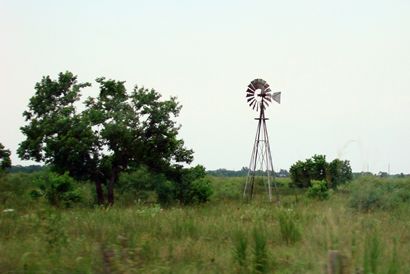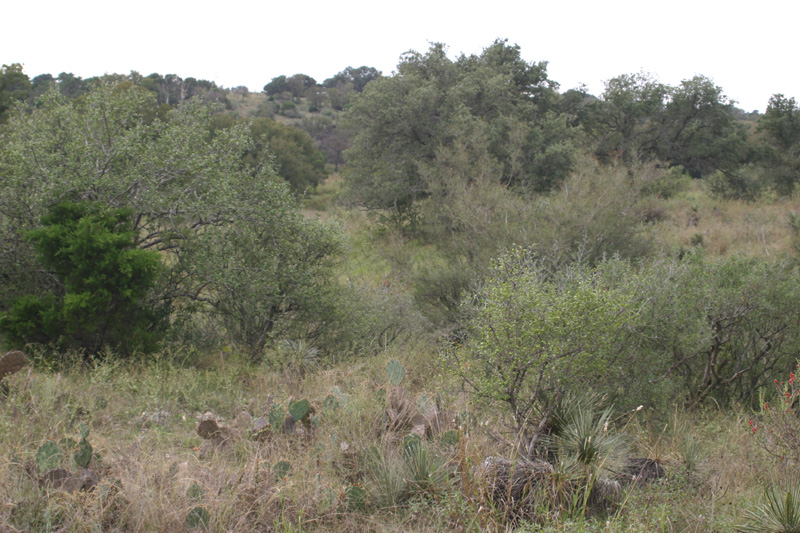The National Wild Turkey Federation (NWTF) is putting better habitat on the ground for wildlife across the US. When it comes to funding conservation and the preservation of our hunting heritage, the NWTF is a good steward of your contributions. In the latest report from Charity Navigator, America’s largest independent charity evaluator, the NWTF was found to put 89.8 cents of each dollar spent towards its mission.
“The NWTF is truly grateful for our dedicated members and volunteers. We want to ensure their contributions are used to fund projects that will preserve our hunting heritage and ensure the future of our wild places and wildlife,” said George Thornton, NWTF CEO. “Our Save the Habitat. Save the Hunt. initiative helps drive our efforts towards projects that will help make the biggest and most immediate impact to conserve the most imperiled habitats and recruit the next generation of hunters.”
The NWTF also received the highest score possible on fundraising expense and efficiency, meaning the organization spends very little on its fundraising effort, while it still has great returns.
The NWTF is a nonprofit conservation organization that works daily to further its mission of conserving the wild turkey and preserving our hunting heritage. Through dynamic partnerships with state and federal wildlife agencies, the NWTF and its members have helped restore wild turkey populations across the country, improving more than 17 million acres of wildlife habitat and introducing 100,000 people to the outdoors each year.
The NWTF was founded in 1973 and is headquartered in Edgefield, S.C. According to many state and federal agencies, the restoration of the wild turkey is arguably the greatest conservation success story in North America’s wildlife history.
To find out more about the National Wild Turkey Federation, become a member or make a charitable donation, visit www.nwtf.org or contact (800) THE-NWTF.


